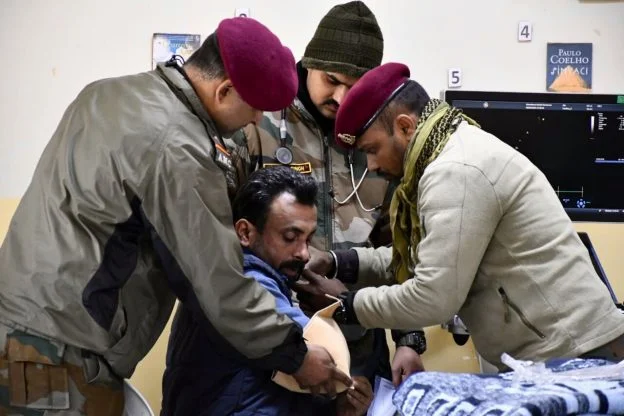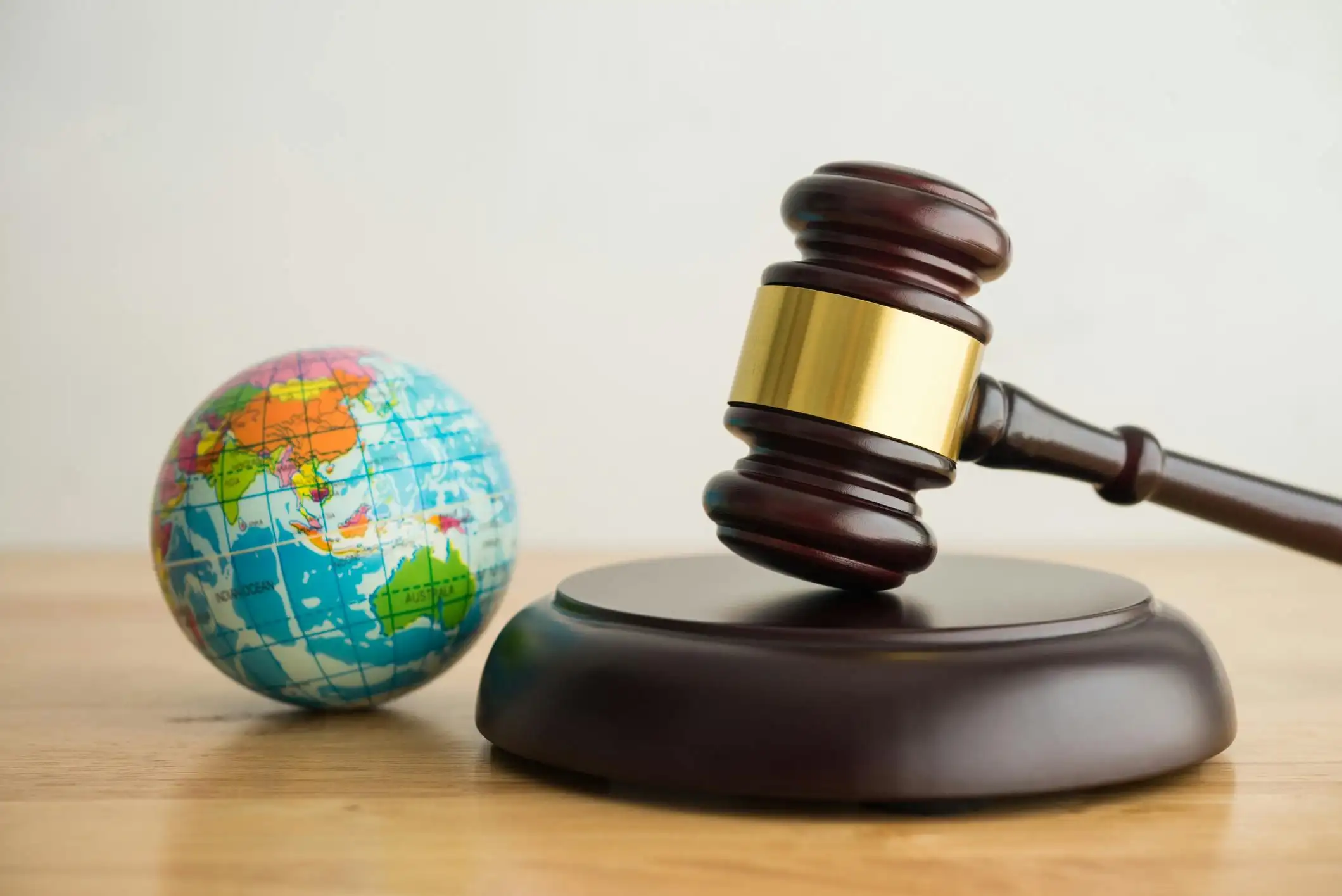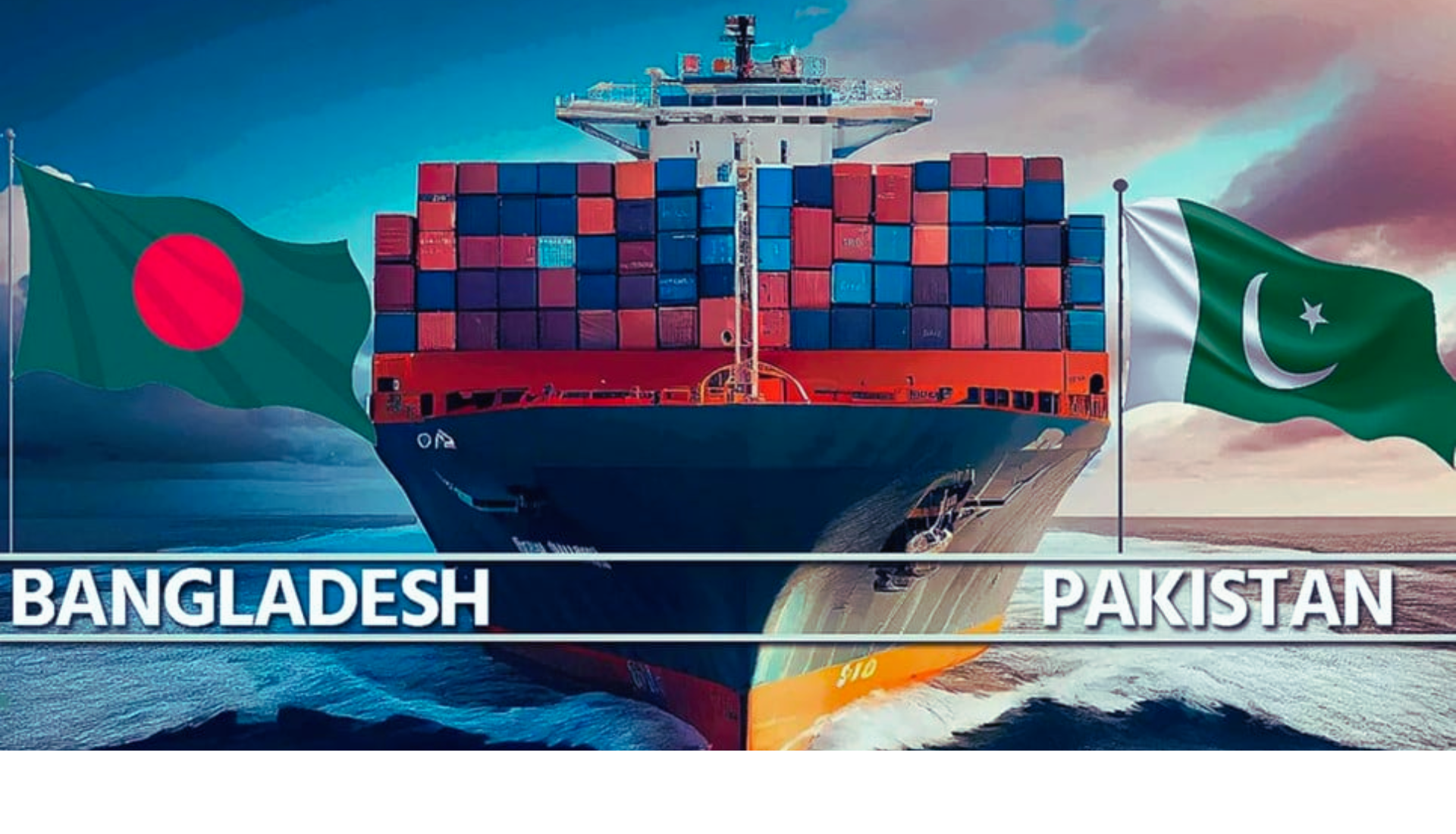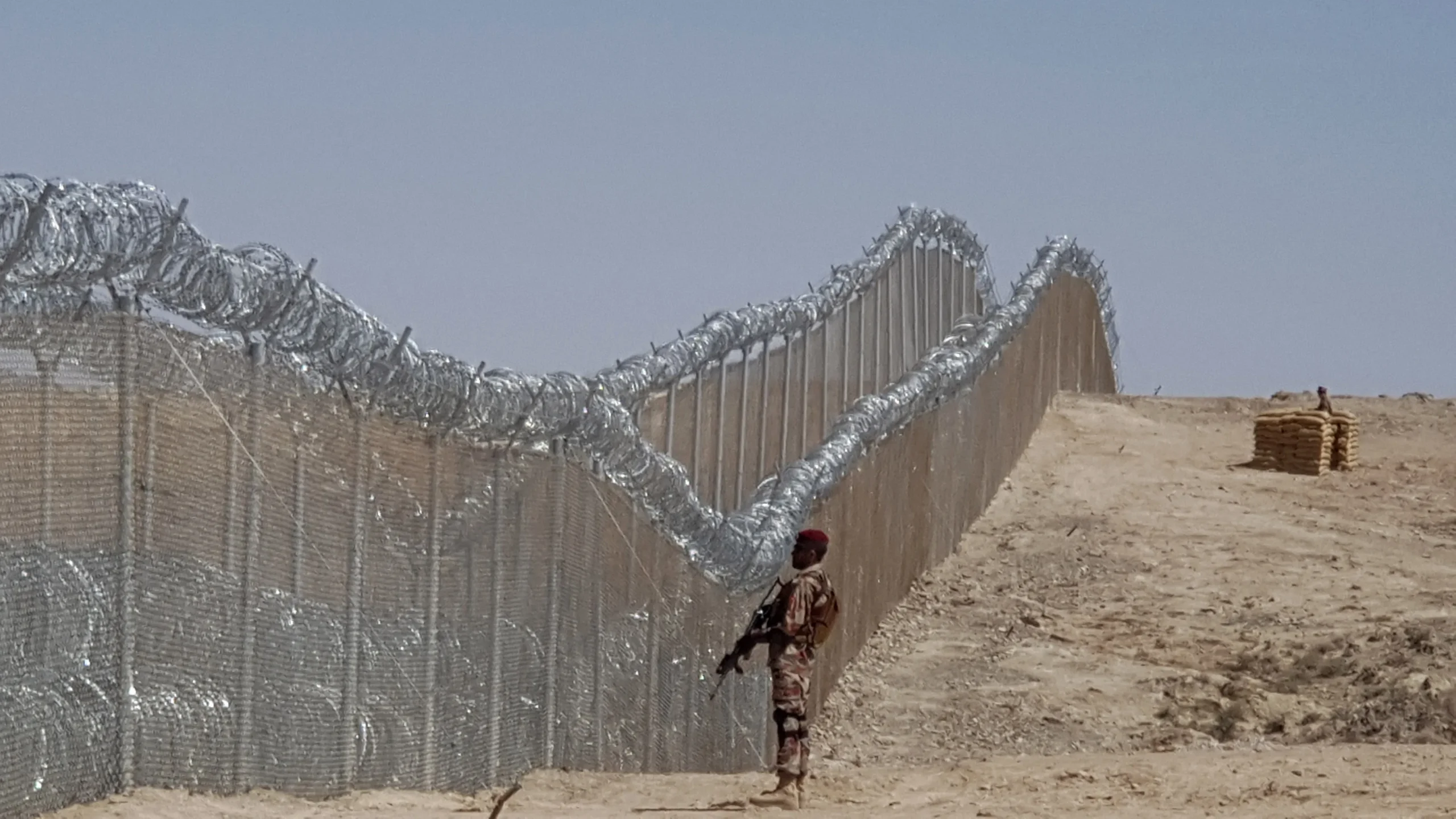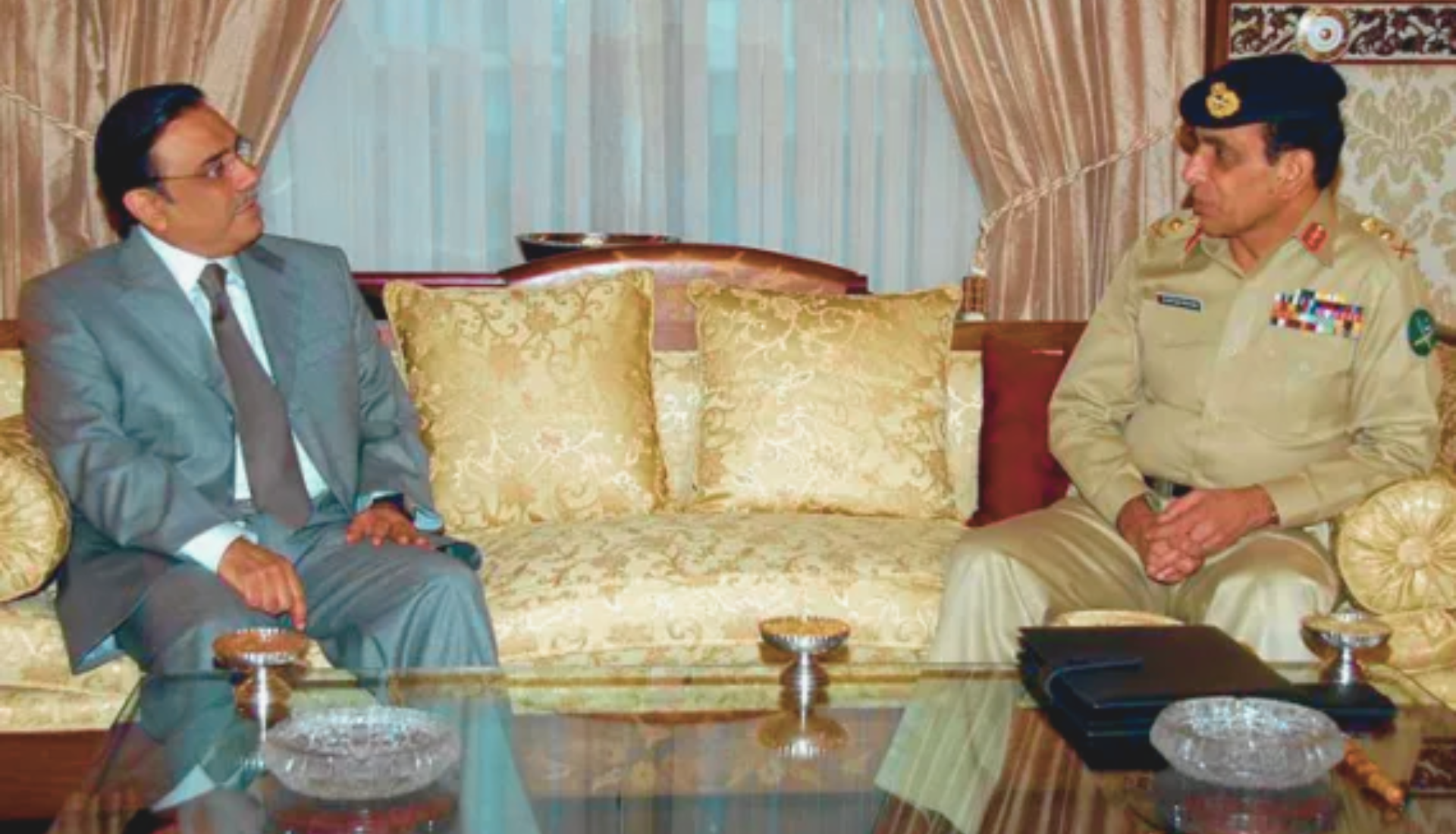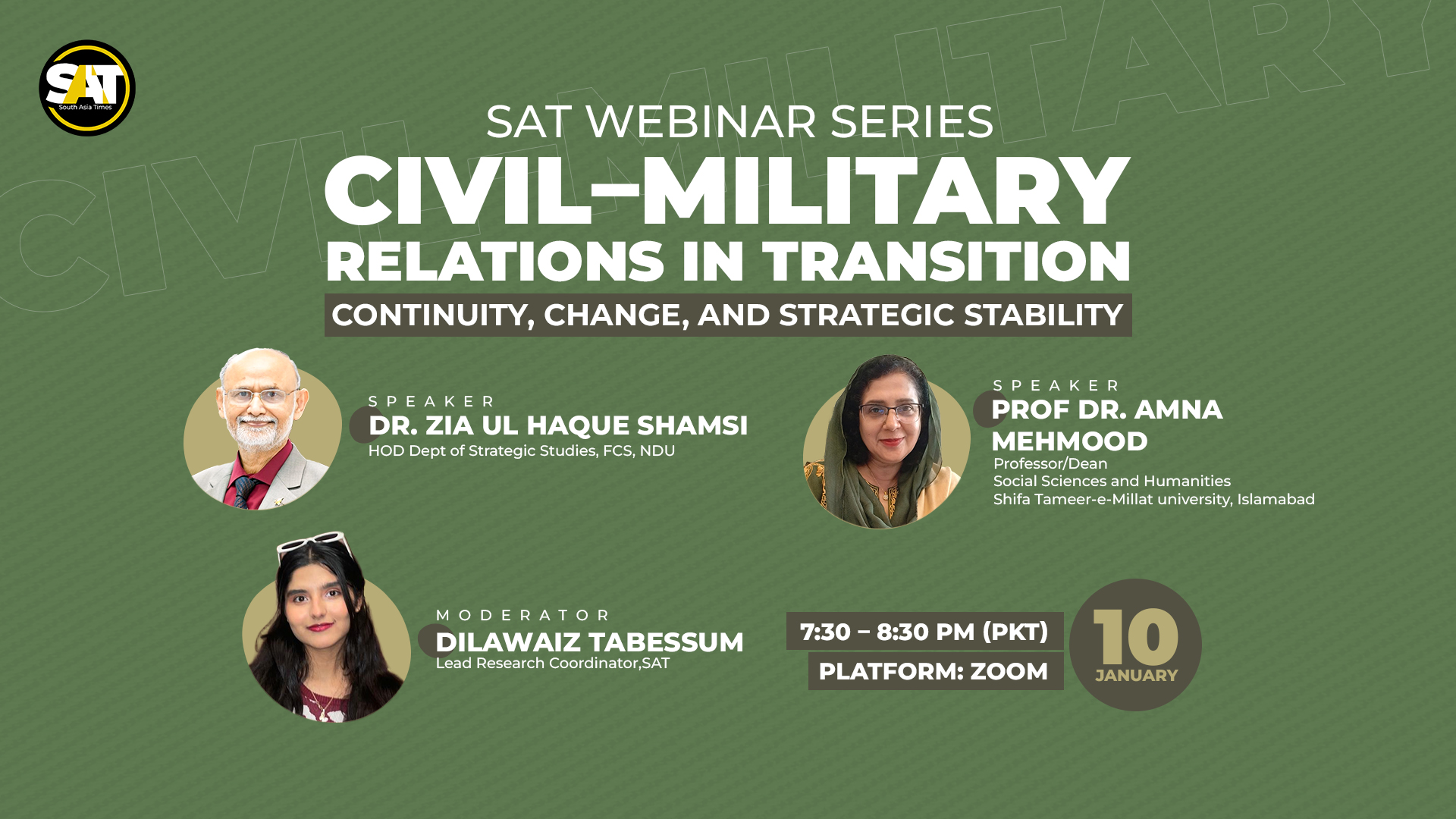India’s Robust Engagement in the Middle East was a Strategic Move to Enhance Its Profile.
India’s strategic response to the recent devastating earthquake in Turkey and Syria reflects its policy of robust engagement in the Middle East. This response follows a visit by Egyptian President Abdel Fateh el-Sisi to India. It also coincides with an expansion of ties with Israel and Arab countries in the Gulf. Coupled with long-standing connections to Iran, India’s overtures to Turkey, Israel, and the Arab states position it as a potentially significant actor in the Middle East. This comes at a time when the United States appears to be downsizing its position in the region.
India has, since independence, engaged actively with the Middle East. The quality of India’s engagement in the Middle East has changed in recent years. This change reflects India’s desire to be a more assertive global power in a multipolar world. India’s quick, large-scale aid for Turkey and Syria shows this ambition. It aims to be seen as the country of first response, providing disaster relief and humanitarian assistance in its wider neighborhood. This indicates India’s strategic approach.
However, the latest emergency response is strategic, not just humanitarian. It includes an entire field hospital and medical team. The response also provides machines, medicines, and hospital beds. It is part of several actions enhancing India’s profile across the Middle East, thus showing India’s strategic response.
India’s interest in the Middle East
On January 26, the Egyptian president was chief guest for India’s 74th Republic Day. Earlier, India announced its strong investment in the West Asia Quad, also known as I2U2. This grouping includes India, Israel, the United Arab Emirates (UAE), and the United States.
India’s objective is to ensure its interests are not left unguarded. This concern arises due to the vacuum created in the Middle East. Washington’s focus on peer competition with China and on Russia’s actions in Eurasia has contributed to this vacuum. The Middle East is a critical source of investment, energy, and remittances for India. The region also shares India’s security concerns, especially about Islamist extremism and terrorism. India wants to be ready to for any fallout from U.S. withdrawal from the greater Middle East.
Indians emphasize their historical and civilizational ties with the Middle East. These connections go back over 2,000 years. They also highlight the close ties between leaders of India’s independence struggle and the region’s anti-colonial movements. During the Cold War, most Middle Eastern countries were part of the non-aligned movement. This movement was founded, among others, by India and Egypt.
SEE ALSO: https://southasiatimes.org/gulf-india-trade-relations-in-jeopardy-over-anti-islam-hate-speech-in-india/
India’s Trading Partners
While historical factors, and the popularity of Bollywood films, make for good sentimental talking points, the substance of current Indian relations with the region relates to economics, trade, and investment.
Around 8.9 million Indians reside in the Gulf, with around 3.4 million in the United Arab Emirates and 2.5 million in Saudi Arabia. Fifty percent of India’s over $80 billion in remittances annually come from the Gulf countries. Trade and investment between India and Middle Eastern countries have grown exponentially over the last decade. For instance, India’s bilateral trade with Egypt stands at $7.26 billion, with over 50 Indian companies investing $3.15 billion in the Egyptian economy.
The United Arab Emirates is India’s third-largest global trading partner. Since the signing in 2022 of a Comprehensive Economic Partnership Agreement (CEPA), India’s trade with the UAE has increased by over 38 percent to $88 billion. India’s strategic partnership with the UAE is at the heart of I2U2.
Similarly, Saudi Arabia is India’s fourth-largest trading partner and the source of 18 percent of India’s crude oil imports. Saudi investments in Indian infrastructure — railways, roads, ports, and shipping — are growing, as are investments in India’s manufacturing and digital sectors.
Collaboration
India, which imports 80 percent of its oil and gas, sourced 60 percent of its energy imports from the Gulf countries. The UAE is helping India address its concerns about energy security by contributing to India’s strategic oil reserves. Moreover, collaboration between India and the Middle Eastern countries has also grown in renewable energy sources.
India has managed good relations with not just the Arab Gulf countries but also with Israel, Turkey, and Iran. Israel is one of the top three suppliers of defense equipment to India, with 43 percent of Israel’s arms exports being sold to India. At the same time, India has been careful not to disrupt its relations with Iran, despite geopolitical challenges.
During the 1990s India initiated its “Look East” policy, which led to strong economic and strategic relations with countries in East and Southeast Asia. India now seems to be pursuing a similar policy of looking to its immediate west for economic as well as strategic reasons.
Original Source: The Diplomat

